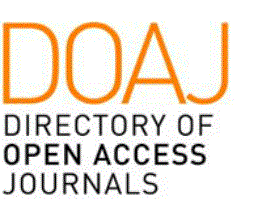Author Country
Colombia
DOI
10.22191/ggobernar/vol4/iss7/6
Document Type
Article
Abstract
Medellín and the Aburrá Valley are internationally recognized for their capacity to design bold projects regarding transportation and sustainability. However, the city's mobility dynamics show a different reality: the number of vehicles has grown steadily over the last 20 years. The metropolitan inhabitants spend 44% more time mobilizing in the city than 12 years ago and air quality has become the main challenge on the city's environmental agenda. The purpose of this article is to understand, from the analysis of public policies, the reasons why no progress has been made in the implementation of policies that effectively discourage the use of private vehicles in the Aburrá Valley. Through the analysis of the demand management instruments enforced between 1999 and 2019, it is concluded that mobility policies produce contradictory effects with each other: they systematically avoid the restriction and disincentives to the use of automobiles and motorcycles and focusing predominantly on the expansion of road infrastructure. At the same time, they undertake actions, to a lesser extent, to stimulate the use of other means of transportation.
Recommended Citation
Tobón Jaramillo, Viviana
(2020)
"Bipolaridad de las políticas de movilidad del Valle de Aburrá: análisis desde los instrumentos de gestión de la demanda implementados entre 1999 y 2019,"
Gobernar: The Journal of Latin American Public Policy and Governance: Vol. 4
:
Iss.
7
, Article 6.
DOI: 10.22191/ggobernar/vol4/iss7/6
Available at:
https://orb.binghamton.edu/gobernar/vol4/iss7/6
Included in
Comparative Politics Commons, Education Policy Commons, Latin American Studies Commons, Other Public Affairs, Public Policy and Public Administration Commons, Public Administration Commons, Public Policy Commons



